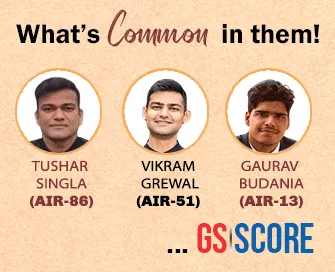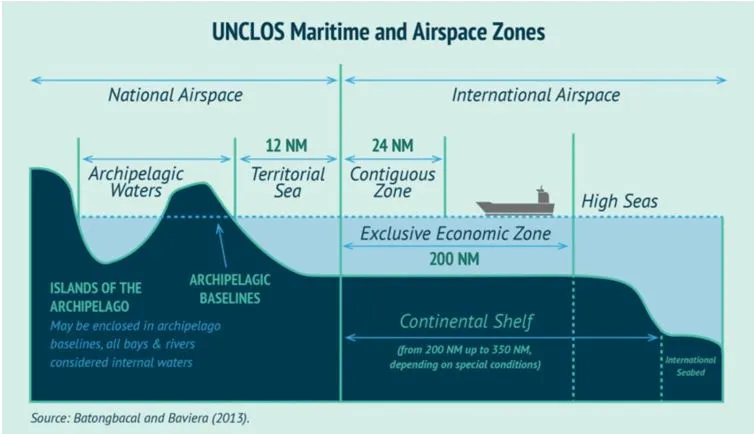

1st May 2025 (11 Topics)
Context
In a recent tit-for-tat move, India decided to shut down its airspace to all Pakistan-owned and operated aircraft, after Pakistan first imposed similar restrictions on Indian carriers following escalations over the Pahalgam terror attack.
More on News
- India has deployed advanced jamming systems along its western border to disrupt the Global Navigation Satellite System (GNSS) signals used by Pakistani military aircraft, significantly degrading their navigation and strike capabilities.
- The Indian jamming systems are capable of interfering with multiple satellite-based navigation platforms, including GPS (US), GLONASS (Russia), and Beidou (China) - all of which are used by Pakistani military craft.
Who Owns and Controls Airspace?
- Under Article 1 of the Chicago Convention (1944), a country has full and exclusive sovereignty over the airspace above its territory — including land and 12 nautical miles from its coastline.
- This means no foreign aircraft can fly over, land, or even transit through a nation’s airspace without prior permission from the concerned government.
- Airspace beyond these territorial limits is considered International Airspace, often managed by global or regional authorities like ICAO, or designated to countries through mutual agreements (e.g., USA managing parts of Pacific airspace).
- Overflight and Landing Permits: When airlines fly from one country to another, they need special permissions known as Flight Permits, which are issued for safety, security, and regulatory compliance:
- Overflight Permit: Required when an aircraft enters, crosses, and exits a country’s airspace without landing.
- Landing Permit: Needed if the flight intends to land or stop at a country’s airport.
- Diplomatic Permit: Compulsory for government or military aircraft, issued through diplomatic channels.
- Each country has its own rules and charges for granting these permits — including navigation fees, landing and parking charges, and terminal charges.

Legal and Regulatory Framework in India
- Directorate General of Civil Aviation (DGCA) is India’s key aviation regulator. It issues permits, ensures safety compliance, registers aircraft, and coordinates with the International Civil Aviation Organization (ICAO).
- Airports Authority of India (AAI) manages the air traffic control, communication, navigation, and surveillance systems across Indian airspace.
- Flights using Indian airspace — even without landing — pay Route Navigation Facility Charges (RNFC) and other fees. These are determined by DGCA and managed by AAI.
- After the 2017 revision, international flights flying over Indian territory contribute significantly to India’s aviation revenue through these charges.
More Articles

